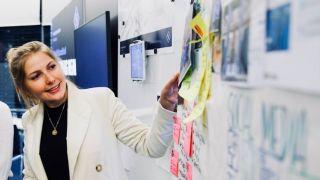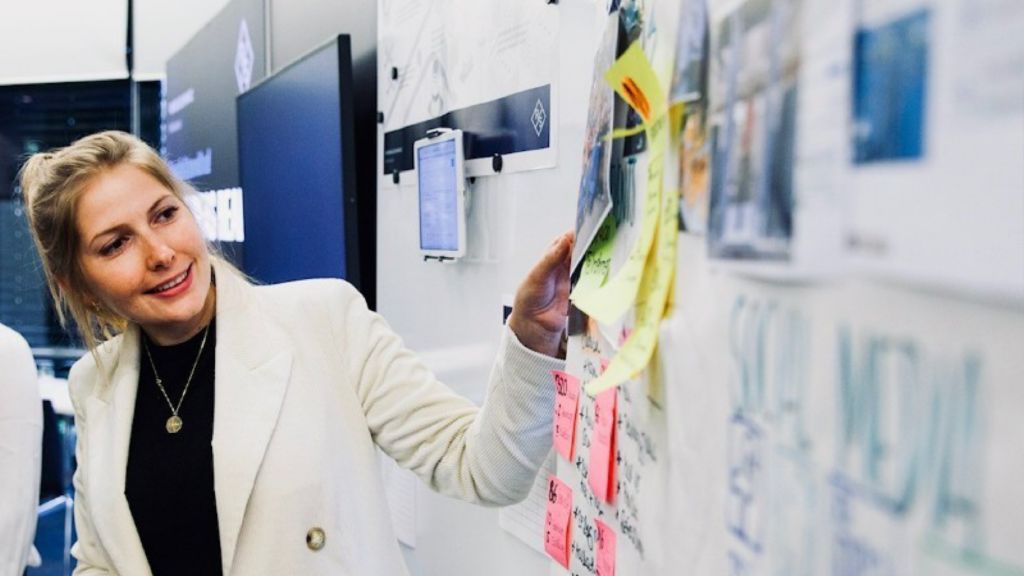VDE Young Net is the network for students and young professionals interested in electrical engineering and all related fields. On local excursions as well as congresses, executive talks or competitions as the Engineering Competition, the next generation of specialists and managers in the industry develops far more than a professional network and expertise. The VDE Young Net is part of the VDE, one of Europe's largest technology organizations with 2,000 employees and 100,000 experts shaping a future worth living.
No Engineering Competition in 2025 - but exciting events are coming soon!
Unfortunately, our Engineering Competition 2025 will not take place.
But don't worry, we have other exciting opportunities for you! Right now, you can participate in a new challenge focused on Reconfigurable Intelligent Surfaces (RIS). Interested? You can register for the RIS Challenge here.
This challenge isn't the right fit for you? No problem! Register for our Talent Community to stay up to date with all upcoming events, competitions, and opportunities.







